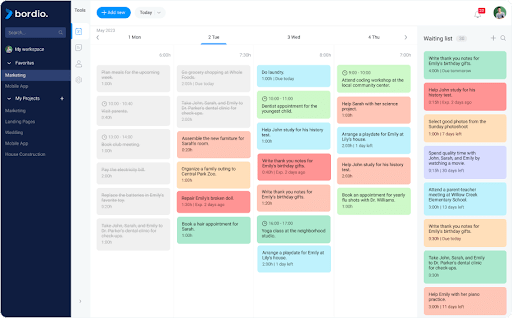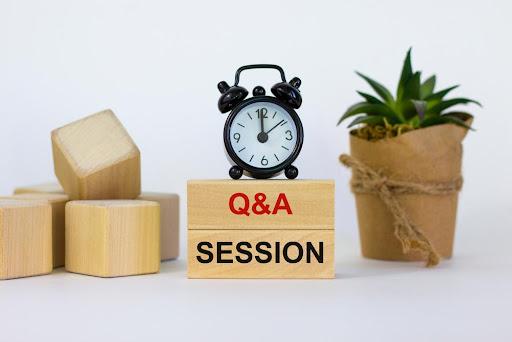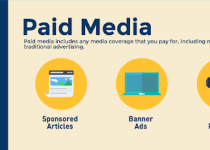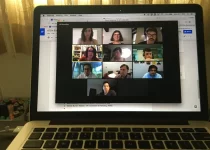Carving Your Online Identity: A Comprehensive Guide How to Build a Personal Brand Online
Building your personal brand online is like painting a masterpiece—it’s all about creating an image that resonates with your audience, showcases your personality, and communicates your values. Let’s imagine this as a fun, explorative journey. Imagine you’re an explorer discovering a new land, and I’m your friendly tour guide. Let’s embark on this journey of brand-building with eight fascinating stops.
- Define Your Personal Brand
Your personal brand is, in essence, your story. Think about what makes you, well, you!
- Identify your strengths, weaknesses, and passions.
- Understand your values, and what you stand for.
- Determine your unique selling points—what makes you different?
Example: Sara, the Entrepreneurial Chef
Sara is passionate about cooking and entrepreneurship. She decides to build her personal brand around these interests. Sara’s strengths include her creativity in the kitchen, her knack for teaching, and her charismatic personality.
- Set Clear Goals
Having clear goals helps steer your personal brand in the right direction.
- Identify what you want to achieve with your personal brand.
- Set SMART (Specific, Measurable, Achievable, Relevant, Time-bound) goals.
ALT:Setting clear goals provides direction
Example: Raj, the Tech Reviewer
Raj wants to become a trusted voice in tech reviews. His goal is to gain 10,000 followers on his YouTube channel within one year by producing quality tech review videos.
- Know Your Target Audience
Knowing who you’re speaking to can shape your content and style.
- Identify your target audience.
- Understand their needs, values, and interests.
Example: Lily, the Eco-Friendly Fashion Blogger
Lily’s target audience is young women interested in sustainable fashion. She understands they value eco-friendliness, affordability, and unique style.
- Collaborate with Others
Collaborations can broaden your reach and boost your credibility.
- Use a tool like Trello or Bordio to create dedicated collaboration boards or projects.
- Assign tasks, set deadlines, and communicate with your collaborators within the tool.
- Ensure everyone involved is on the same page, tasks are completed efficiently, and progress is tracked effectively.
Example: Jenny, the Mental Health Advocate
Jenny understands the importance of efficient collaboration and decides to utilize a project management tool. She creates a collaboration board on Bordio, where she assigns tasks to her mental health professional collaborators, sets deadlines, and communicates updates. This ensures that their joint projects, such as guest blog posts and podcast episodes, are organized, on track, and completed successfully.
ALT: PM tools

- Produce High-Quality, Relevant Content
Content is the backbone of your personal brand. It should be relevant to your audience and reflect your brand’s personality.
- Share information, advice, and personal stories.
- Use a tone and style that resonate with your audience.
Example: Anna, the Book Enthusiast
Anna posts book reviews, author interviews, and reading tips on her blog. Her language is friendly and accessible, making her readers feel like they’re part of a cozy book club.
- Engage with Your Audience
Engagement builds relationships and fosters community.
- Respond to comments and messages.
- Start conversations and encourage interaction.
Example: Dave, the Digital Artist
Dave regularly responds to comments on his art posts. He also hosts monthly Q&A sessions on Instagram Live to engage with his followers.
ALT: Engaging with your audience fosters connection

- Create a Consistent Image
Your image should be uniform across all platforms to increase recognition.
- Choose a color scheme and design that represent you.
- Use the same profile picture and username where possible.
Example: Mike, the Fitness Guru
Mike uses a picture of him lifting weights as his profile picture on all platforms, and his color scheme is energetic orange and black.
- Continually Evaluate and Adjust
Finally, remember that personal branding is an ongoing process.
- Regularly review your goals and progress.
- Stay open to changes and improvements.
Example: Carlos, the Travel Photographer
Carlos checks his social media insights monthly to understand which posts his followers love. He then tweaks his content strategy based on these insights.
And that’s it! You’ve now explored the vibrant landscape of personal branding. Remember, building a personal brand is not a one-time project—it’s a continuous journey of self-discovery, creativity, and communication. Happy exploring!



